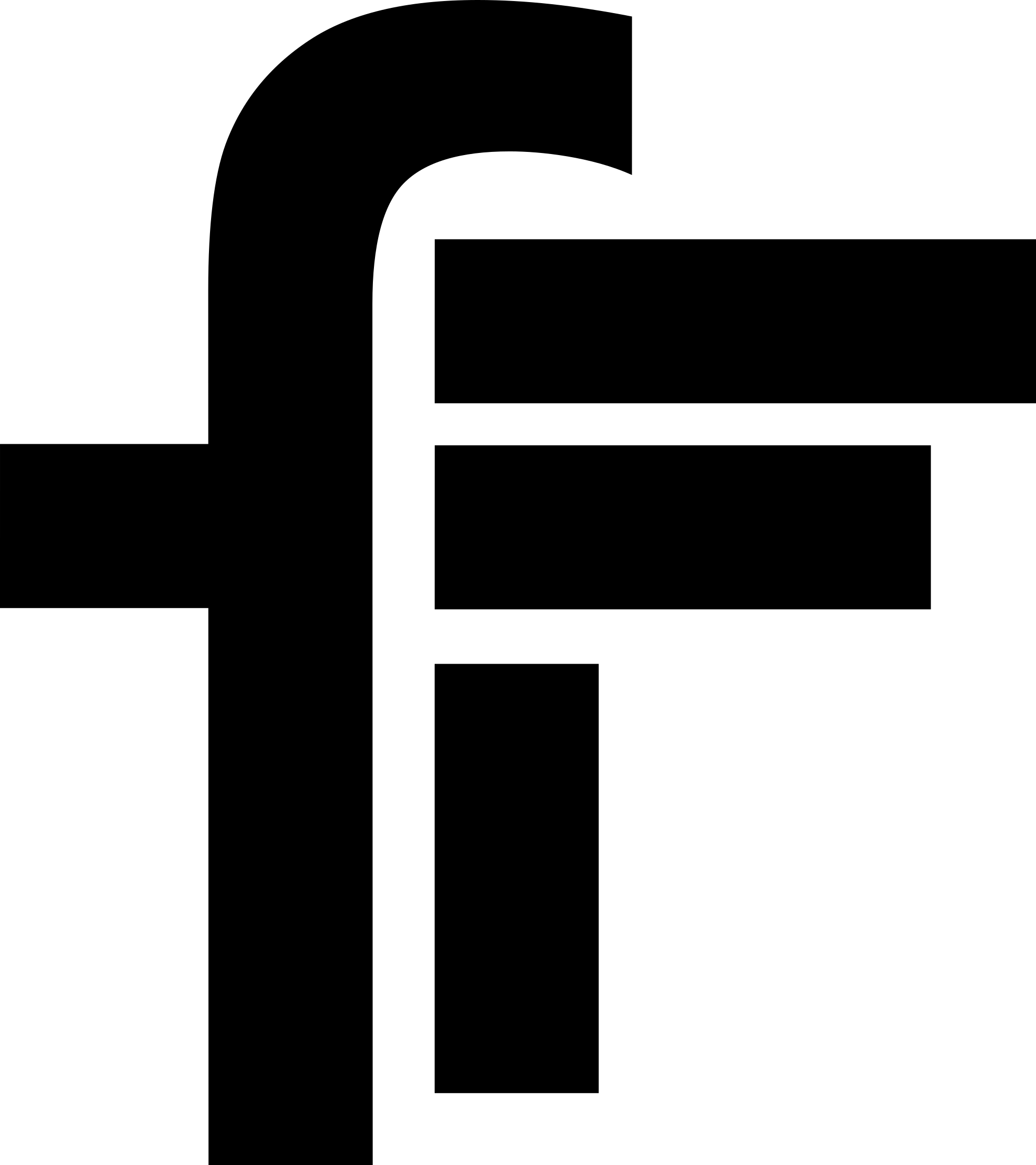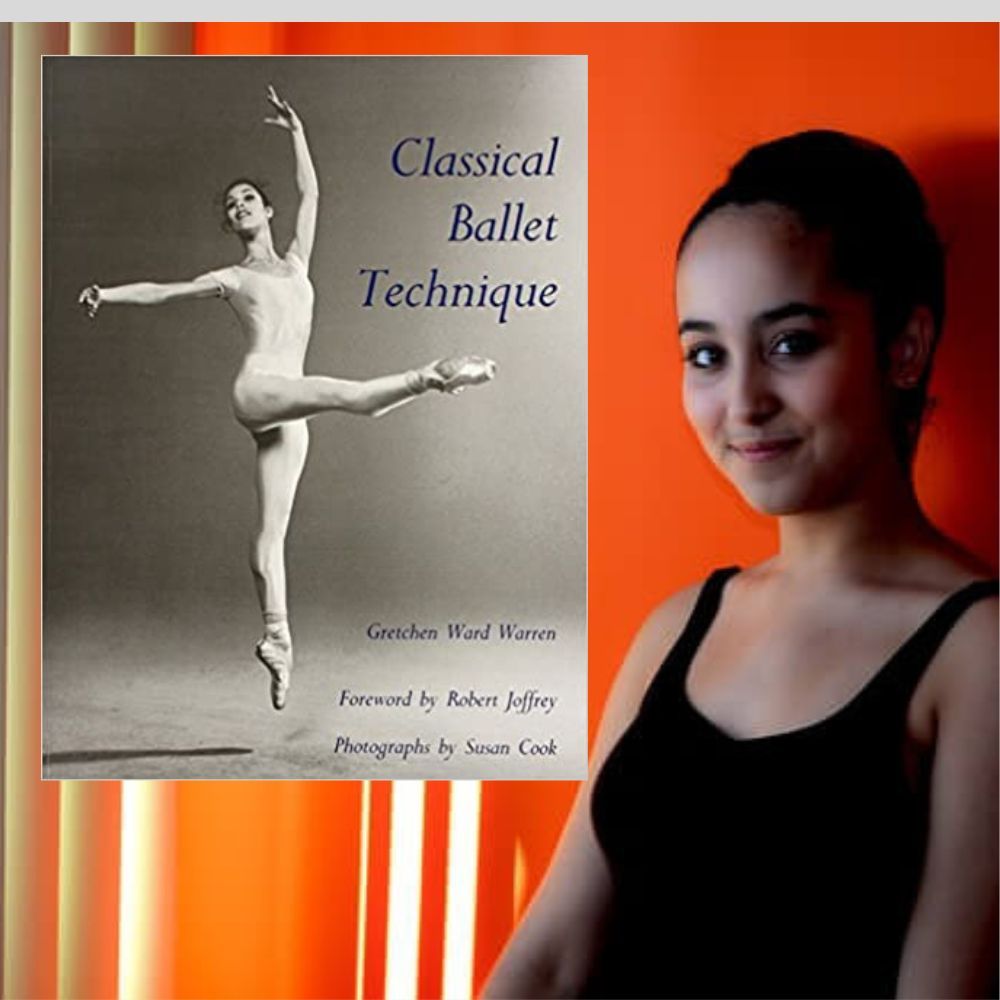Do you love the grace and beauty of ballet? Are you looking for the perfect book to introduce you to the world of ballet? Look no further! This article will review the best ballet books.
The Nutcracker performances and other ballet dancers we saw as children drew us into the mystique surrounding ballerinas and the principal dancers. The dancers seemed to effortlessly elevate themselves en pointe in the most stunning costumes. What is hidden from audiences in every performance is the intense training that accompanies that kind of success.
Whether you're a child, adolescent, or adult, ballet is a fantastic adventure with a rich history, beautiful language, and a culture all its own. You can step up to the ballet barre regardless of your age, and you can do so by leveraging the work of masters who’ve done it all before you.
Books about ballet are key to knowing whether you want to dance and then mastering techniques once you start. You will be ahead of those who approach ballet without any reference points, and your classroom progress will reflect your effort. If you aren’t progressing the way you’d like, these books on ballet show you where your technique falters.
From inspiring stories of ballet legends to comprehensive guides to the basics of ballet technique, there’s something for everyone. Whether you’re a beginner or an experienced dancer, you’ll find the perfect book to help you hone your skills and deepen your knowledge.
Are you ready to explore the world of ballet? Read on to find out which books are perfect for you!
How We Choose the Best Ballet Books for You!
Ballet is an art form that takes years of practice and dedication to perfect. But if you want to learn more about the history and technique of ballet, there's no better way than by reading books.
With our own experiences as a ballet dancers, we remember the feeling of putting on ballet slippers for the first time, learning the basic positions, and perfecting our dance techniques with each practice. Frankly, there’s nothing like the feeling, especially when you get to look pretty in pink! Books allow you to better prepare for the real world experience of dancing, but finding the right ballet books is the challenge. How do you know which ballet culture will give you the best insights and training in technique?
Our team of experts combined their own life experience as both ballet lovers and dancers with the reading of countless reviews to find the best ballet books for your needs. We've done all the hard work so that you can easily find and purchase the perfect book for learning more about this beautiful art form.
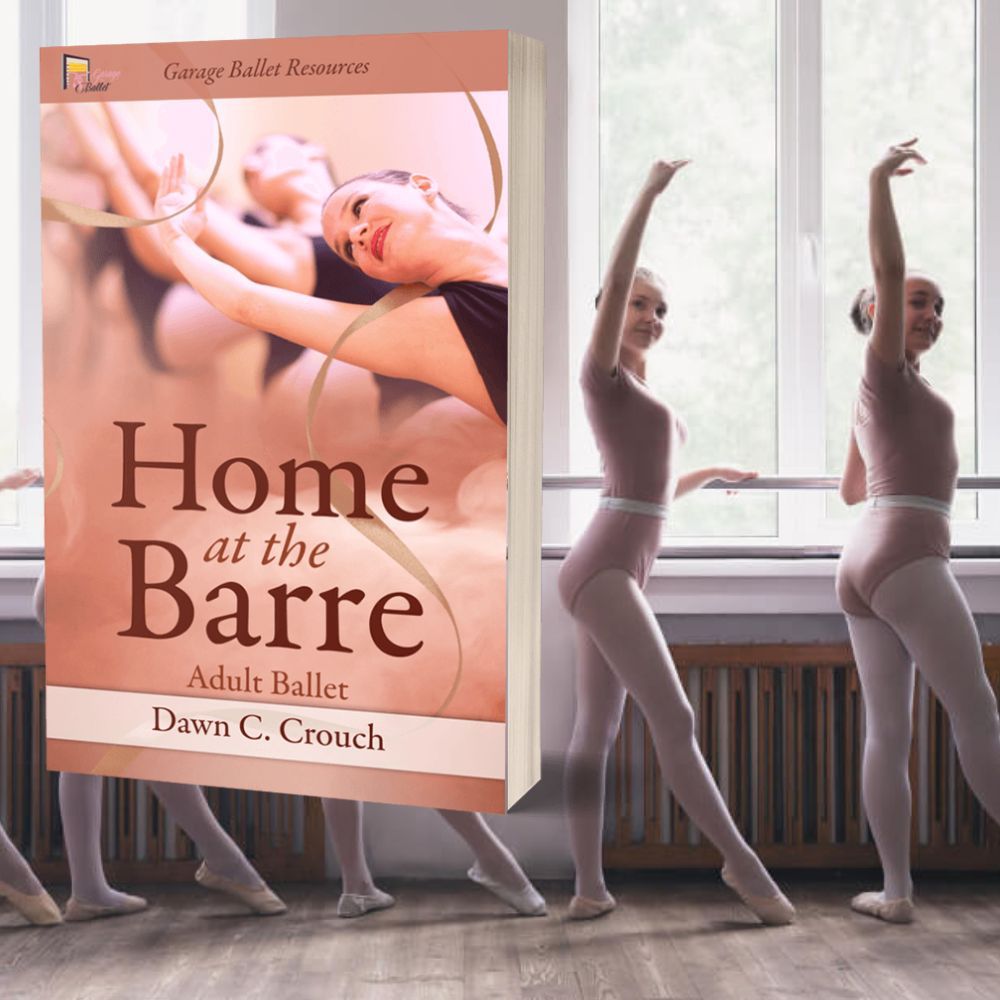
Best Book for Adults Who Need Vision and Inspiration
Home at the Barre: Adult Ballet
Why You Won’t Compromise!
We recommend Home At the Barre especially for adults who benefit from someone who can paint vision for them and help them see themselves in the ballet world. As a former dancer, Dawn shares her personal journey throughout this book. While the book also provides practical direction and guidance on how to make the most of your classes and get the most out of your ballet training, the book’s real strength is its ability to inspire and give you an inside look at the life of a ballerina.
Dawn encourages you to live your best life and follow your passions and how to do that through ballet. This book convinces you that age does not matter in ballet or in life. Dawn appreciates the value of committing to a regular routine and winning the mind game that plagues most adults trying ballet for the first time. She champions your ability to overcome self-perceived obstacles, including a poor self-image. With a focus on safe practices and injury prevention, it also includes helpful tips on what to expect from a typical studio and class, as well as special concerns for first-time adult students. It's full of useful advice and inspiring support to help you start your ballet journey confidently and safely. So why wait? Get your copy of Home at the Barre - Adult Ballet today!
Dawn Crouch’s early ballet training prepared her for a career that included the Houston Ballet and studying under legendary teachers. She went on to teach at various ballet schools throughout the southeast for more than 40 years. She brings that unique perspective of both life performance work and classroom instructor to her Garage Ballet Series. Home at the Barre is part of that series.
What’s really fun about Dawn’s books is that they are collaborative works with her daughters who grew up helping their mother with classes and also danced into their college years. Dawn is passionate about mentoring others through easy-to-understand explanations.
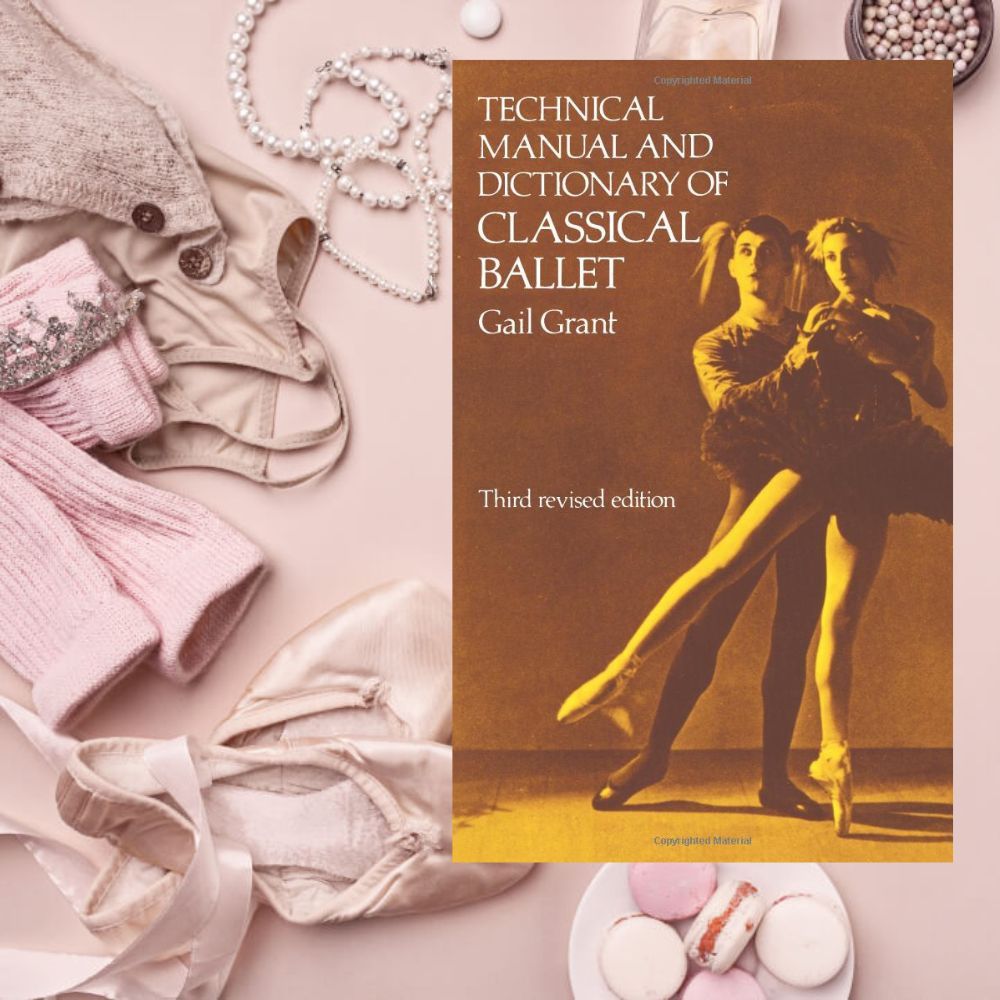
Best Book to Learn Ballet Vocabulary
Technical Manual and Dictionary of Classical Ballet
Why You Won’t Compromise!
This book is an invaluable resource and perfect ballet companion because it is essentially a ballet dictionary for dancers that makes the French terminology accessible to everyone. If you're not sure how to say or spell pas de deux, the dictionary component includes phonetics so you learn to pronounce, spell, and know the meaning of words with this one resource. Teachers and students rave about how essential the book is to set them up for success in the classroom because it helped them learn the body positions in order to put them into practice.
The comprehensive third edition has been completely revised and expanded, with more than 300 new terms and a pictorial section drawn by the author. It offers keyed diagrams to show the exact foot, leg, arm, and body positions for the proper execution of many of the more common ballet steps and movements. The third edition is the one most people prefer and the one that we recommend because the illustrations are clearer than in some other editions. You’ll love that it fully describes and defines over 1,100 ballet steps movements and poses and cross-references to alternate names for similar steps and positions. Plus, it includes a bibliography of helpful sources. Perfect for teachers, aspiring dancers and ballet class, this manual is a must-have for any ballet enthusiast. Order your copy today to start learning more about the art of ballet!
Gail Grant’s career in ballet was noteworthy, including performing on Broadway in the late 1930s. Her credits include dancing in Broadway originals as the First Girl and Lady of the Ballet in Stars in Your Eyes and as a Corps du Ballet Member in Virginia.
She came out with the first edition of the Technical Manual in the 1950s when she saw a need to fill a void between classroom instruction, different styles of instruction, and the unique vocabulary of the ballet world. Gail recognized that aspiring dancers AND instructors needed a way to learn the language and maneuver the different styles of ballet being taught. Her must-have manual covers each of the French, Russian and Italian ballet styles. That means that no matter what method your instructor teaches, Gail’s book covers it. It is well-written, concise, and easy to understand. We especially love that her books, regardless of edition, are printed in the United States!
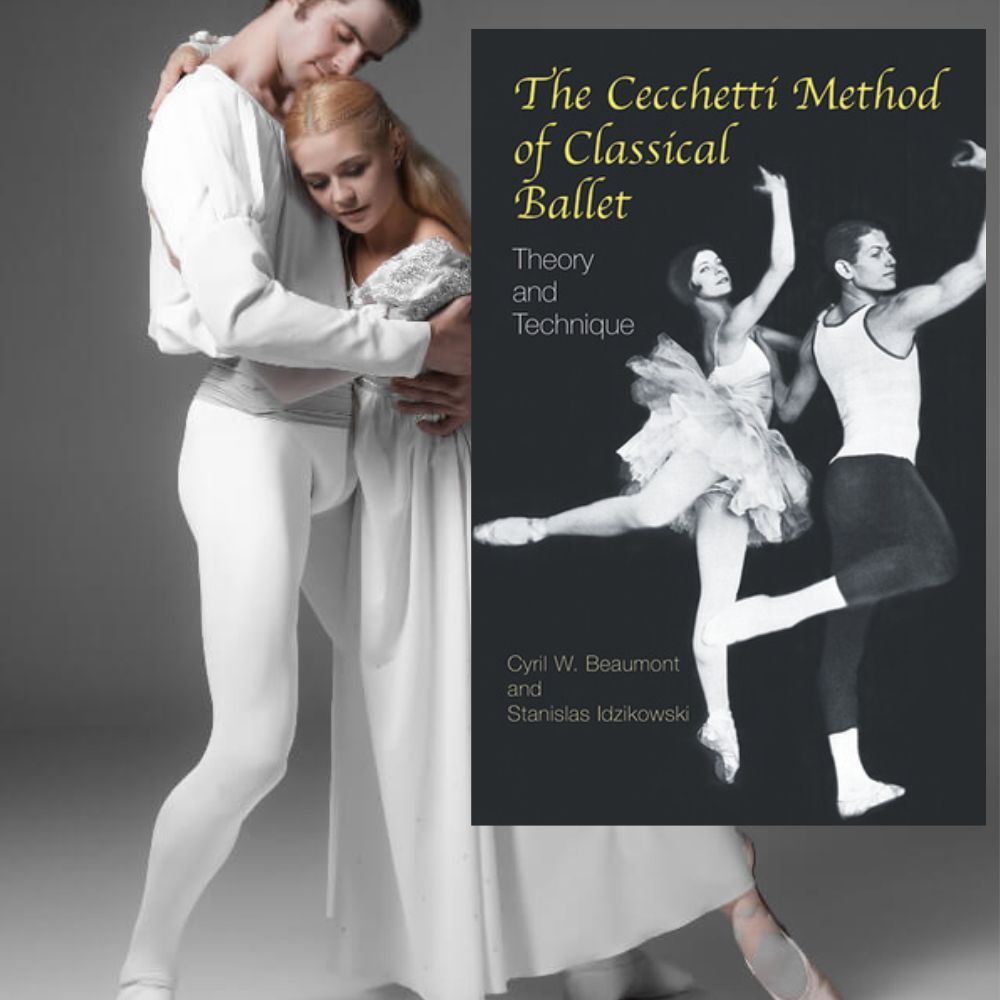
Best Book to Learn the Basics of Ballet Technique
The Cecchetti Method of Classical Ballet: Theory and Technique
Why You Won’t Compromise!
The Cecchetti Method of Classical Ballet: Theory and Technique is perfect for everyone from beginners to experienced dancers. Each exercise appears with a numbered series of instructions and is accompanied by 109 line illustrations, showing positions and movements of the body in detail. Cecchetti classes are named after the days of the week. The book includes a table of daily exercises for the week, giving you the perfect guide to the basics of classical ballet.
We felt like the detail in this book is as good as or better than either of the Kirov or Bolshoi “lessons in classical ballet” manuals. We also noted that The Cecchetti Method’s strongest discussions are around Barre and Adagio exercises. The book starts with the definition and illustration of the basic theory of the positions, body movements, and technical terms. It then moves on to detailed chapters of exercises including “Exercises at the Bar,” “Port de Bras,” “Centre Practice,” “Adagio,” and “Allegro.” Get your copy today and learn the basics of classical ballet from the comfort of your own home!
Cyril Beaumont and Stanislas Idzikowski were men of historic importance for very different reasons. Stanislas was a Polish dancer and ballet master. He was easily one of the most successful dancers who rose to ballet stardom. During his performance years in the early 1900s, recognition grew for his brilliant classical technique and for his development of ballet roles. Cyril was an Englishman who was a ballet historian and book publisher with a passion for ballet.
These men came together in 1922 to write The Cecchetti Method of Classical Ballet: Theory and Technique. This classic book presents a complete beginning course in classical ballet, as founded by Enrico Cecchetti (1850–1928). Most people don’t realize that prior to publication of this ballet book, the Cecchitti Method was largely developed and handed down orally. You get to benefit from the foresight that these men had of the necessity of explaining this method to future generations. And this is another great book about ballet published in the United States!
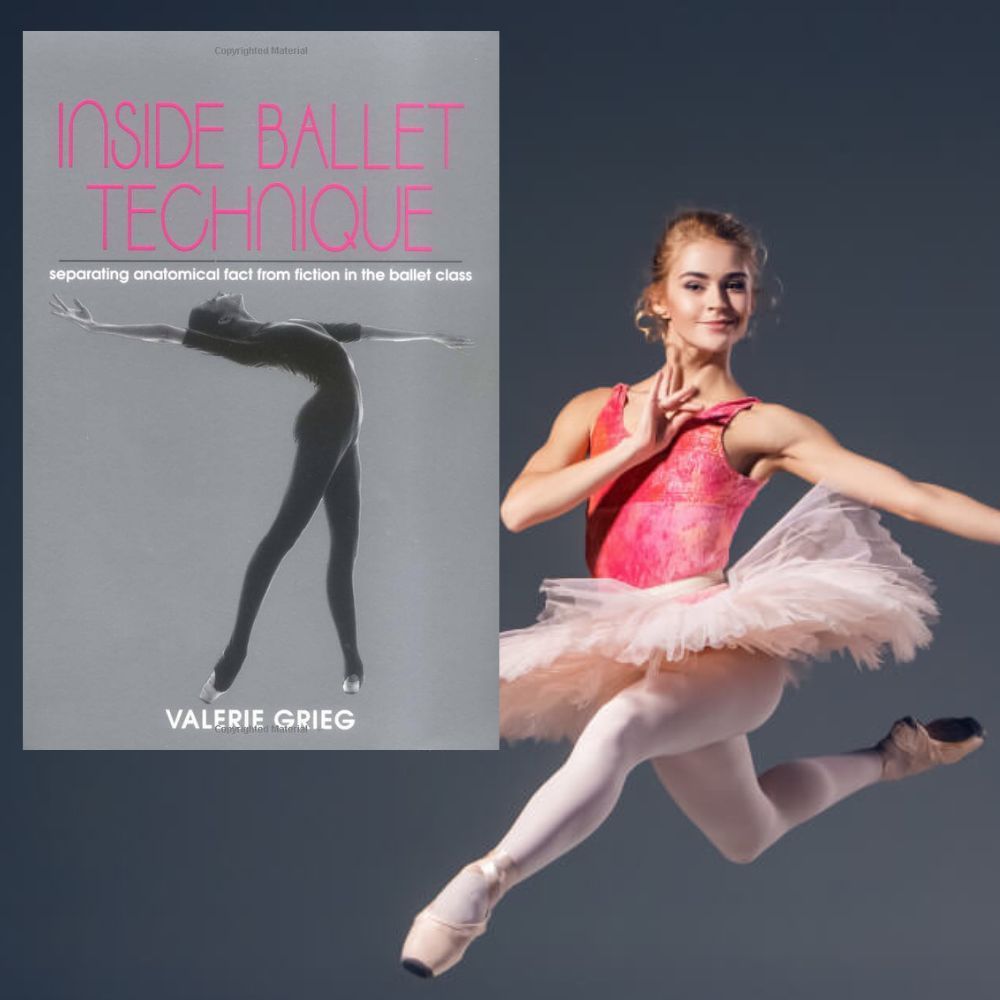
Best Book for Understanding the Kinesiology of Ballet
Inside Ballet Technique: Separating Anatomical Fact from Fiction in the Ballet Class
Why You Won’t Compromise!
Inside Ballet Technique: Separating Anatomical Fact from Fiction in the Ballet Class is a must-read for all who are interested in ballet and understand how the body moves. Stephanie Woodard, a colleague of Valerie Grieg’s, once said that Valerie “could see inside the dancer and explain how proper use of bone and muscle freed the imagination.” This book is an incredible asset for anyone interested in ballet—from students to teachers alike. It will help you understand the difference between “gross anatomy” and “functional anatomy” and provides detailed explanations of how the body is used in ballet.
In addition, the chapter on the spinal column is revolutionary and will help you understand how to improve posture and control your body as you move. We highly recommend Inside Ballet Technique as a great resource for anyone looking to understand the intricacies of ballet education and gain a better understanding of why ballet helps create such beautiful and strong bodies that allow movement to appear effortless!
Valerie Grieg lived a ballet life most would envy. Before she died in 2013, she created a ballet legacy that began by studying ballet in her native Australia with an early focus on the Central European modern dance style. By the 1940s she was performing in a prestigious guild but became more and more focused on teaching. She’s even reported to have flown more than 40,000 miles in a single year teaching and coaching.
Her quest to be a better ballet dancer and instructor took her to London and New York, including studying at the Julliard School. Eventually she made her way to Ohio, performed in the Ohio Ballet, and helped found a dance department at the University Akron, Ohio. Valerie Grieg was a ballet visionary with multiple top-selling books on ballet. She uses common ballet expressions and anatomically correct terms to explain what the body is doing internally when tasked with ballet movement or placement. Her books give you a better understanding of how the body works during ballet and free you from any hang-ups that impede your progress.
Why You Won’t Compromise!
Classical Ballet Technique got our attention because it delivers a lot more than you expect. We love the detailed descriptions and step-by-step photo analysis of every single step utilizing ballet vocabulary. Whether you want to understand the simplest positions or the most elaborate allegro, Gretchen Warren’s book about ballet breaks it down for you. Most books stop there; however, we recommend this book to you because it contains descriptions of the ways students get the ballet positions wrong and what the correct position looks like.
Through pictures in this book you literally see how poor alignment, like a tucked under pelvis, destroys your posture and degrades your development as a dancer. Although not a book for true beginners, it is a very organized, concise, short and to the point resource for intermediate and advanced ballet students. A lot of dancers consider Classical Ballet Technique the “ballet bible.” We agree. You can’t go wrong getting your copy today!
Gretchen Ward Warren is an American professional ballerina who performed as Ballet Mistress of American Ballet Theatre II in New York City for several years. Her New York years included close collaboration with infamous dancers Richard Englund and Mikhail Baryshnikov. She even recruited and trained young dancers. Gretchen’s performance credits went on to include years in the Pennsylvania Ballet.
But what fascinated us most about her formation was her study of ballet history and pedagogy in England and the USSR (former Soviet Union). That study makes her perspective really informs her insights in Classical Ballet Technique. In 1983 she moved on to become a Professor of Dance in South Florida. Her storied career on stage and off makes her the ideal dancer to teach you about classical ballet technique.
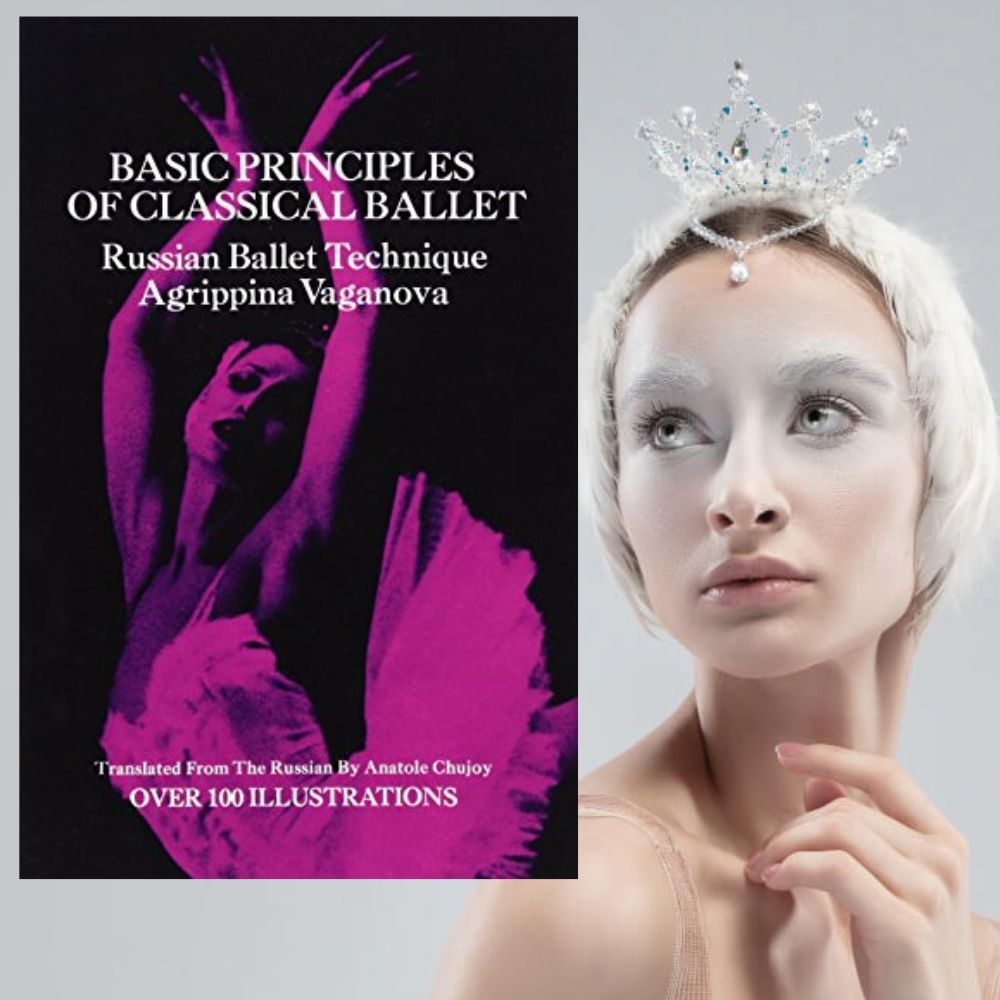
Best Book for Learning the Russian Classical Ballet Technique
Basic Principles of Classical Ballet: Russian Ballet Technique
Why You Won’t Compromise!
Basic Principles of Classic Ballet caught our attention because it is the first book to combine the various ballet traditions (French, Italian, and Russian) into a unified teaching practice and system pioneered by Vaganova. Each page covers the basic principles of ballet with movements grouped by fundamental types. You’ll read about battements, rotary movements of the legs, the arms, poses of the classical dance, connecting and auxiliary movements, jumps, beats, pointe shoe work, and turns as well as material for a sample lesson.
Hand-drawn diagrams show you movement-by-movement the exact foot, leg, arm, and body positions for the proper execution of many steps and movements. Lines drawn from a foot or a hand show which part moves and in what direction so it is almost impossible not to see the correct positions.
When you finish reading this book you will have learned essentials of the fundamental theory of dance that just aren’t covered as well in other books. There is no question that the Russian Classical Ballet technique covered here by Vaganova was highly influential. Whether you subscribe to the Russian school or not, you need to know and understand it. This book is a gift to the world, and no one should enter the world of ballet until they’ve read the work of the ballet genius.
Agrippina Vaganova rose to ballet fame as an innovative teacher at a time when there was no truly Russian school of dancing. She also had the vision to create a pedagogic department to train future teachers and set herself up as a premier female choreographer.
Dancing did not come easy to Vaganova. She studied at the most prestigious school in Russia and did go on to secure a place with the even more prestigious Imperial Ballet. Achieving the rank of Prima spoke to her tenacity and creative genius. She retired from performing immediately after this accomplishment to focus on teaching. To her the teaching process had to be a planned exercise that evolved with innovations in the whole dance world. She expected her students to display emotional expressiveness, a strict adherence to form, a resolute, energetic performance, and the understanding of the underlying coordination of movements.
Ballet Books FAQs
It can be hard to find the perfect ballet book. We understand your struggle and have compiled a list of the most frequently asked questions about ballet books so you can find the perfect book for your needs. Get the answers you need to make the best decision when it comes to buying a book on ballet.
What is ballet?
Ballet is a classical form of dance that originated in the Italian Renaissance courts of the 15th century. It is a highly technical form of dance, with its own vocabulary that is based on French terminology. Ballet is traditionally performed on a raised stage with music and often tells a story through dance. Ballet is known for its graceful, precise movements and is often used to express emotion and tell stories.
How old do you have to be to dance ballet?
The age at which a person can start learning ballet depends on the individual and the ballet school. Generally, ballet classes for children start at around 3 years old, and for adults, classes are available for any age. However, it is important to note that ballet is a very demanding form of exercise that requires strength, flexibility, and coordination, and some classes may not be suitable for all ages. It is best to consult with the ballet school or instructor to determine the best class for your age and ability level.
Is it hard to learn the ballet terminology?
Learning the ballet terminology can be challenging, but it is also an important part of learning the art form. Ballet terminology is a complex language that consists of French, Italian, and English words. It is important to learn the terminology in order to understand the steps and movements of ballet. Ballet terminology can be learned through studying the dictionary of ballet terms, attending classes and rehearsals, and watching performances. With dedication and practice, anyone can master the language of ballet.
What do you wear to dance ballet?
When dancing ballet, the traditional costume is a leotard and tights, with a skirt or tutu for female dancers. Ballet slippers are also usually worn, and male dancers may wear tights and a sleeveless shirt or a leotard with shorts. Hair should be tied up in a bun or ponytail, and dancers may also wear a headpiece or hair accessories.
How do I pick the right ballet instructor?
When selecting a ballet instructor, it's important to consider the instructor's experience, qualifications, and teaching style. You should also consider how much time and commitment you are willing to invest in your ballet training. Look for a teacher who is certified, has a good reputation, and is experienced in the type of ballet you are interested in learning. Ask questions about the instructor's teaching style, and make sure it is compatible with your learning style. If possible, observe a class or two before signing up, so you can get a sense of the instructor's teaching style and the atmosphere in the studio. Finally, make sure the instructor is willing to work with you to help you achieve your goals.
Final Thoughts
Whether you’re a beginner or an experienced dancer, these ballet books will open the art of the dance to you. From books that provide step-by-step instructions to those that cover the history of the art form, you can find a book that meets your needs and interests. Plus, with their competitive prices, these books won’t break the bank.
So grab a book from our list and start your journey towards becoming a ballet master!
It's been fun sharing our favorite books about ballet with you. We'd love to hear from you. Let us know which one helps you the most.
God bless!
Lynne

